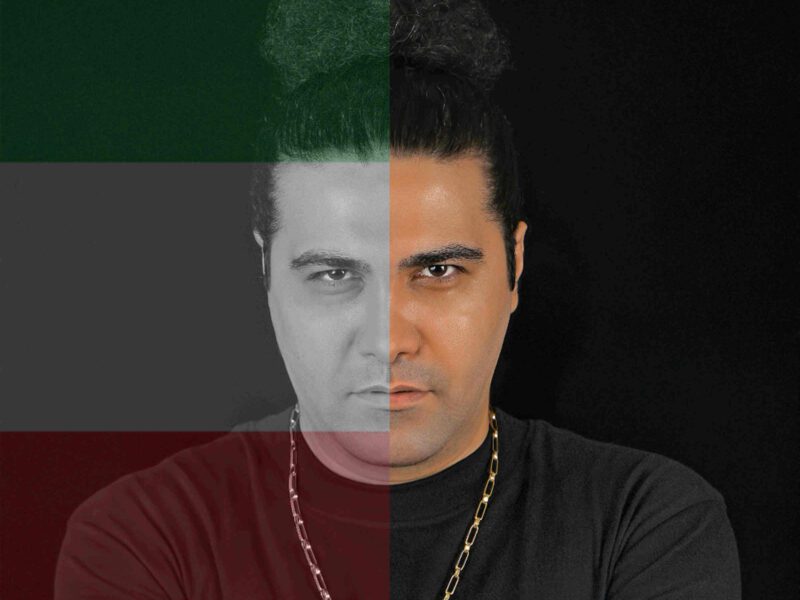
PHOENIX MELVILLE – PERSEPOLIS AND THE ISLAMIC REVOLUTION
Persepolis is a biographical drama based on Marjane Satrapi’s novel by the same title. The film explores the story of a young Iranian girl, Marjane, who dreams of becoming the last prophet of the galaxy and shaving her legs and the current state of Iranian society. As a nine-year-old, the girl experiences a tumultuous life, with her parents participating in anti-government protests and her upbringing being enveloped in political developments. Shah’s regime was eventually overthrown due to events that led to the release of inmates from the dungeons of the Shah’s regime.
While mocking the tormentors and their allies, the film’s essential words and graphics tell the story of the sad truth. While the spectator is engrossed in the historical events, they also learn about the current realities in Iran through the use of these narratives. Marjane is not your typical Iranian teen, and her extended family is well-to-do, with a slew of brilliant members. Because of its depiction of everyday life in the Persian Empire, Persepolis depicts Iranian history in a realistic light. The narrated history is a part of Marjane’s family history, and it influences her life in the way that the film’s history does. Margene’s life and the circumstances that influenced it are better understood because of the film’s historical context. These events such as these have influenced modern livelihoods in some way. The overthrow of Iran’s monarchy and following developments, particularly the Iranian revolution of 1979, gave the Islamic Republic greater authority. Suffocation of the Iranian people, such as women being forced to wear the hijab, a considerable number of arrests and executions, and enormous numbers of people fleeing the nation, is revealed in the narration by Satrapi through the characters voices.

While some of the film’s concerns concerning the revolution remain unanswered, it has spurred an introspection and investigation into the fundamental nature of the changes. Furthermore, it exposes the absurdity of superstition against science and a misunderstanding of logic and the general public’s best interests.
Ideological and political concerns occur in every revolution, and the film is evident in expressing them. Old friendships are shattered, and new avenues for forming new ones open up. However, the situation changes when the leaders are seized by forces that insist on keeping the orders, albeit in a new shape, as was the case in Iran following the revolution. The people’s backwardness was used and nurtured to provide the new leadership with a powerful tool. Resultantly, there was a tendency to take advantage of previously unavailable possibilities.
The Islamic Republic used every ideological resource at its disposal, most notably religion, to confound the populace and establish its authority by capitalizing on the country’s natural tendency to maintain an acceptable public face and to retain its status among the people. As a result, intellectuals and the bulk of the population were subjected to severe repression.
After a thorough examination of the Islamic Republic’s crimes and the West’s part in putting puppet tyrants into power, the film concludes. By reading Persepolis, readers can learn about the British role in installing Shah Reza Pahlavi and the theft of Iran’s vast oil riches, and how the CIA prepared its Savak agents for acts of torture. The film reveals how the West routinely sells weapons to Iraq and Iran. These events serve as sobering reminders that Iran did not exist in a vacuum but rather as a vital part of a global system Iran’s battle is, in essence, a part of the worldwide struggle against this global system of oppression as a whole.

Persepolis is a significant piece of art that deserves recognition. In portraying a story full of significant problems and events, the film’s modest style looks to have been a perfect choice. To convey a concise story in a short period, the words and images have been pared down to their bare essentials. The film’s virtues lie in its straightforwardness, which can be crude and simplistic. In the past, animated films were viewed as a child’s medium of amusement and education. It is a rare animated film, along with Maus and Waltz with Bashir, presenting social and international challenges to the audience with adult themes. Warfare is another frequently mentioned subject, as they had recently completed a revolution and were about to embark on a new conflict. ‘The Iranian fundamentalists tried to rouse Saddam’s Iraqi Shiite friends, and he planned to invade Iran. Here is the pretext. The second Arab invasion.’ When the military and the government informed the kids that they would obtain a gold key to paradise if they died if they fought in the war. However, war is hell no matter how you experience it, and most countries try to make it appear pleasant. Bullets pierce everything and are not readily stopped. War is chaotic and feels like a living nightmare to those who have heard gunfire and know the power of a bullet.
However, it is also wacky and audacious, an excellent depiction of the imagination’s opposition against literalists and power-hungry people who insist that we only view the world in black and white.
Phoenix Melville is a British-French director, writer and artist.







